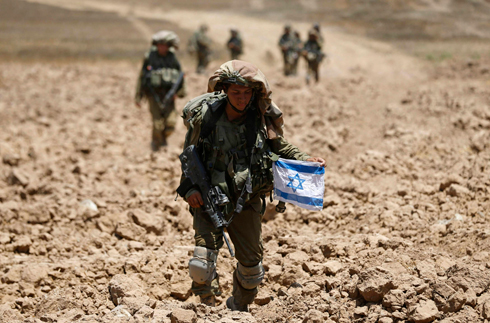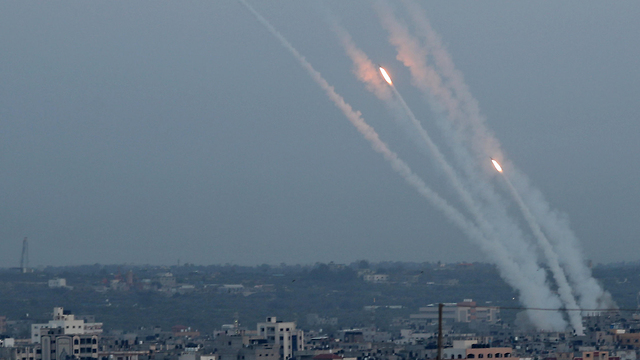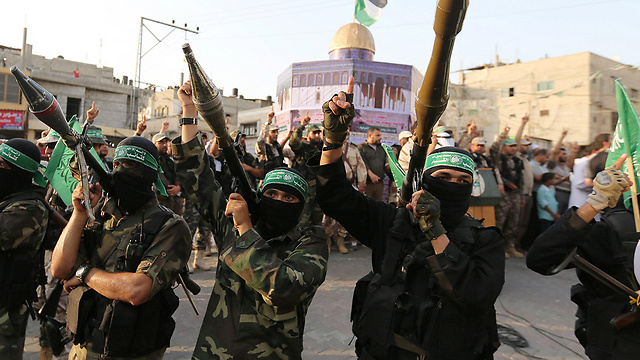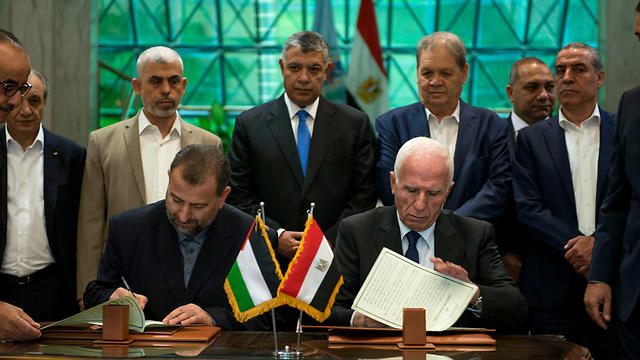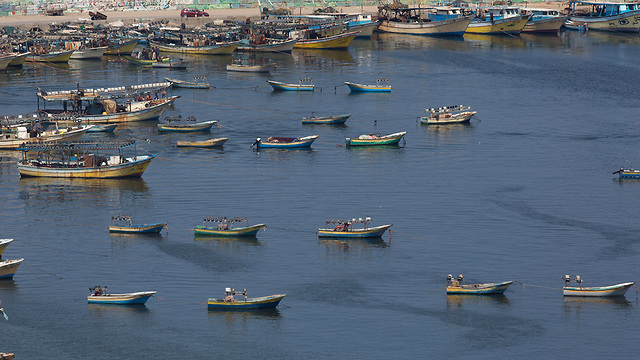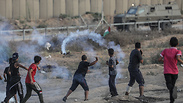
The northern border with Lebanon has been calm since the end of the fighting there. But in the south, Israel only achieved an "asymmetric strategic draw" and nothing has changed since the 51 days of battle in 2014.
The 2014 war, known in Israel as Operation Protective Edge, provided Israelis in the south with only three and a half years of quiet, and since March 2018, the "trickle" of rockets, infiltration attempts and brief bursts of fighting every few months have created a life of insecurity that they do not deserve.
There are five main lessons to take away from the 2014 Gaza conflict, and each is as valid today as it was then.
1. The purpose of the mission - quiet on the border after a fatal blow was dealt to Hamas - has never been achieved.
Though some calm was maintained for a short while and some damage was sustained by the terror group, its military wing was never weakened to the extent that deterrence could be achieved, nor was Israel strong enough to dictate terms at the end of the war.
2. The desire to see the Hamas rulers of the Strip as responsible for everything that takes place in Gaza while keeping the organization "weak and deterred" created conflicting objectives and prevented a fatal blow to the terror group's military wing.
This left Hamas neither weak nor deterred.
3. A problematic binary situation was created in which Israel could choose between occupation of the entire Gaza Strip or an Air Force bombing campaign, and no strategic options that fell between the two were presented.
The IDF has successfully battled more challenging foes over the decades and should be able to create - and in fact dictate - a reality to which Hamas is unaccustomed.
Israel's classic philosophy of defense - achieving a quick resolution and moving the fight to enemy territory - should be at the root of any military action.
The eternal principles of war such as initiative, subterfuge, durability, offensive action, concentrated efforts and destabilizing the opponent are the bedrocks of Israel's past victories.
4. Any military campaign must be followed by a diplomatic one. Protective Edge ended with no diplomatic follow up - not through the UN and not directly with Arab nations or the Palestinian Authority.
5. The end of Protective Edge did not include disarmament of Hamas or the successful elimination of its ability to re-arm. Hence the situation in which we find ourselves today - facing a far stronger and better-equipped adversary.
Assuming we can expect no change in policy before the September elections, it will be up to the next government to lead a substantial shift in the strategic balance of power between Israel and Hamas.
If a decision is made to pursue that route, there are five viable alternatives it can choose from.
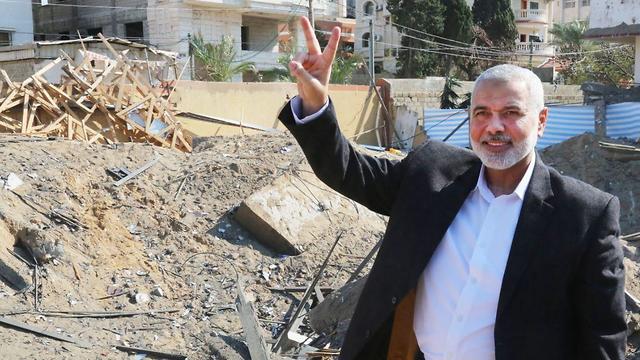
1. Continuing the existing policy: Managing the conflict, creating the conditions for prolonged periods of calm based on reasonable defense and deterrence, which will continue until one side or the other makes a wrong move that will precipitate a violent conflict.
2. A long-term agreement between Hamas and Israel for cessation of violence, provided the Israeli government does not surrender to unreasonable demands from the terror group.
However, a long-term agreement can only be reached at the end of an extensive military campaign that would yield better results than Protective Edge.
3. Promoting internal Palestinian reconciliation, which would bring about a demilitarization of the Gaza Strip and allow the Palestinian Authority to resume control of the besieged enclave.
Successful reconciliation between the warring Hamas and Fatah factions would run contrary to current Israeli policy that sees two separate and therefore weakened Palestinian entities as key to halting any diplomatic process.
4. Completely severing Gaza from Israel by sealing the borders and enabling the residents of the Strip to access the currently restricted Mediterranean coast as well as the Sinai Peninsula on the Egyptian side of the shared border.
This may clear the way for Iran to seize full control of the Strip, thereby ensuring it has the ability to cause serious harm to Israel in an inevitable future conflict.
5. Waging war to destroy the Hamas military wing, ending the organization's grip on Gaza, and later constructing its future leadership.
All options require the Hamas military wing to be weakened substantially but also require Israel to adopt an entirely new military and political approach that is different from the one it used five years ago the last major conflict in Gaza.















